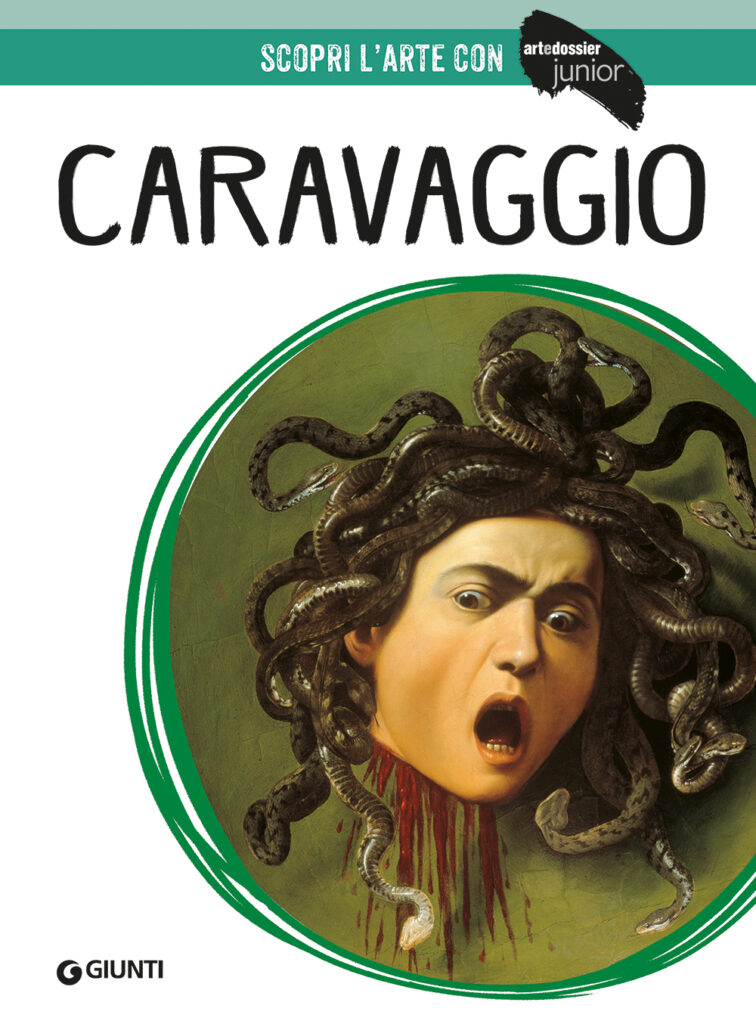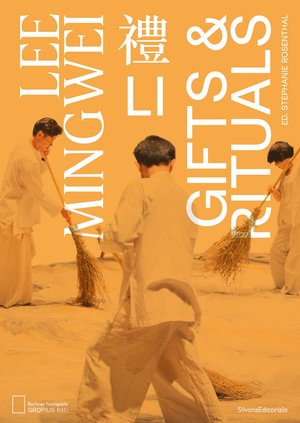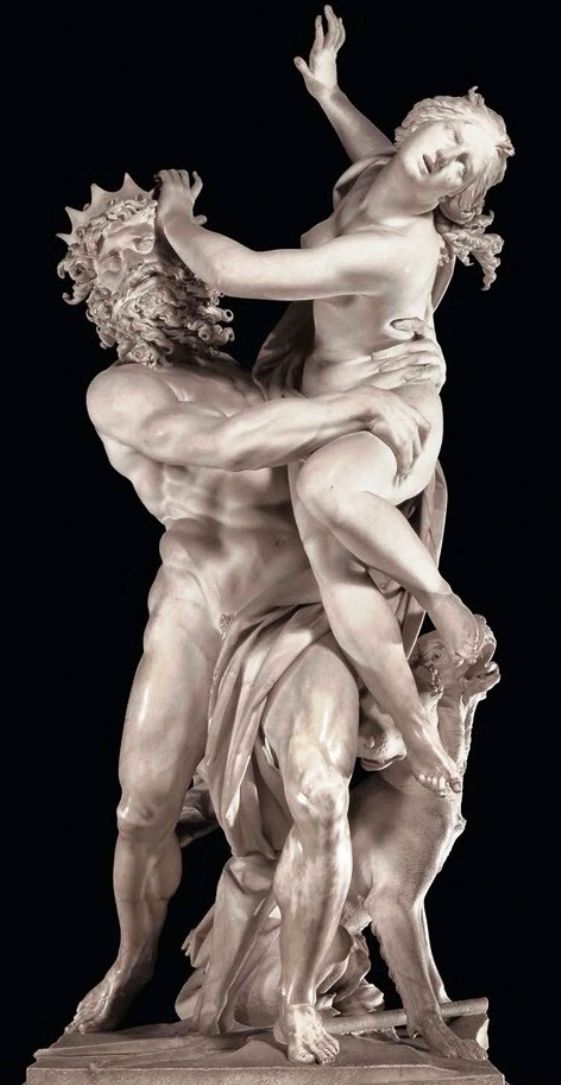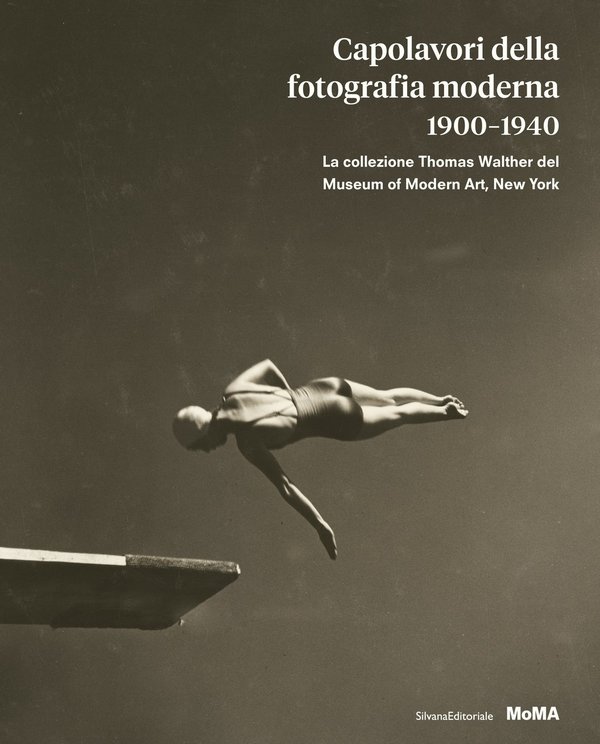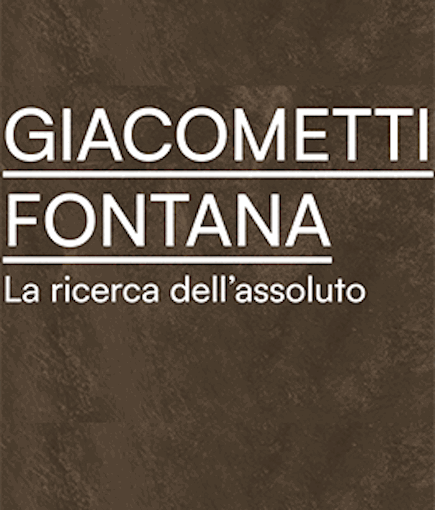Monografia
• Luglio 2022
Caravaggio
Autore: Federica Chezzi
Editore: Giunti
Lingue di traduzione: Da italiano a inglese
Traduttori: Sophie Henderson per Il Nuovo Traduttore Letterario
La collana Art e Dossier, con le centinaia di monografie dedicate ai più vari argomenti, sono famose nel mondo. Giunti Editore ha ampliato questa formula per avvicinare l’arte ai lettori più piccoli.
Una biografia, la presentazione delle opere principali, delle proposte di laboratorio e un glossario. Una bella sfida per il traduttore: trovare un linguaggio semplice e allo stesso tempo avvincente, in grado di coinvolgere i ragazzi, accendere la loro curiosità e avvicinarli ai grandi temi dell’arte.
“Enough! I can’t take it anymore… Portraits, flowers, fruit. Fruit, flowers, portraits! … This is not what I want to do! I’m fed up with it!”. Michelangelo Merisi, known as Caravaggio, is furious. His stay in Rome is not going as he had hoped: he has hardly any money in his pocket, has to sleep wherever he can, and sometimes even has to swap a day’s work for soup. Not to mention his beloved painting! Our artist is forced to scrape together a few pennies by alternating portraits of famous men with paintings of flowers.
Caravaggio, named after his father’s birthplace, was already studying in the bottega of an important Milanese painter at the age of thirteen. That is why, in his early twenties, he hoped to break easily into the great circle of Roman collectors and dealers. It is 1593, when he arrives in Rome, and everything goes wrong! Fortunately, our young hero is not used to giving up; on the contrary, he is a determined and impetuous character.
“I will set up my own business! I will show the Romans what I can do!”. Caravaggio decides to exhibit paintings that are his own, without a patron* and because of this, free from all restrictions. His paintings, put up for sale by a merchant, are particularly original and daring, like the Sick Bacchus (p. 40), his earliest known work.
The paintings of this period attract attention and curiosity about Caravaggio but the painter continues to live miserably, scraping by and depending on charity. Until, one fine day, the very powerful Cardinal Francesco Maria del Monte stops in front of the little shop just behind his large house.
(da Federica Secchi, Caravaggio, Art & Dossier Junior, Giunti Editore, 2022, p. 6)

